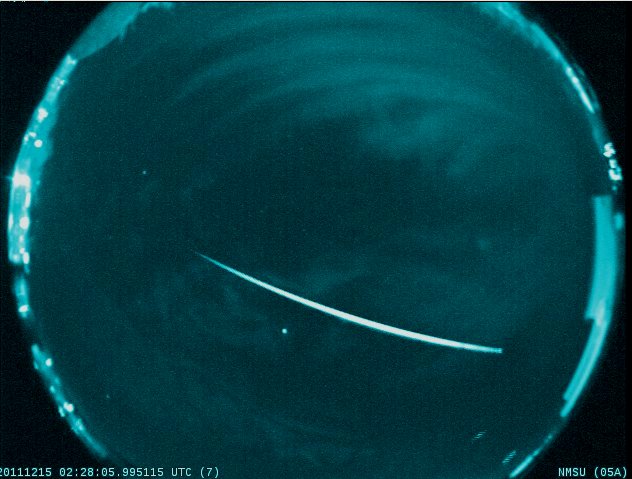
The night sky offers a show unlike anything else. In this monthly series, we will explore some of the top viewing experiences for backyard astronomers.
Here are some highlights from NASA’s most recent Skywatching report, as to what you can look forward to observing in the December sky.
Dec. 1 – The bright star Spica makes an appearance
This morning, look up to the sky to observe Spica, which will appear above and to the right of the Moon.
Dec. 2 – Mars is visible in the morning sky
This morning, you’ll have the opportunity to see Mars as it rises above the east-southeastern horizon around 4:40 a.m. CST. Look for the red planet below and to the left of the Moon.
Dec. 3-7 – Observe Venus at its brightest
Around this time, and depending upon the weather, you should be able to observe Venus at its brightest. The planet will appear as a bright crescent. Gordon Johnston, a NASA Program Executive, predicts that Venus will reach its brightest on Dec. 7, but notes it could occur earlier, on Dec. 3.
Dec. 4 – Total solar eclipse
If you want to catch the total solar eclipse, you’ll have to journey far, all the way down to Antarctica. However, southern parts of Africa and Australia should be able to observe a partial eclipse of the Sun.
Dec. 4-17 – Observe the annual Geminid meteor shower
This month, look up to the night sky to witness the Geminids, which are active from Dec. 4 – 17, peaking in the middle of the month. Dust and rocky debris from the asteroid 3200 Phaethon (which NASA believes could actually be a “rock comet“) form the Geminids. Their radiant, or point in the sky from which they appear and where they get their name, is the constellation Gemini.
According to NASA, the Geminid meteor shower is among the best of the year, with a peak activity of about 120 meteors per hour. The meteors are fast too, traveling approximately 79,000 miles per hour.
Viewing Tips:
According to NASA, the best time to start looking for the Geminid meteor shower is around 9 or 10 p.m., which means it’s a great meteor shower for younger stargazers to see.
To observe the Geminid shower, lie on your back with your feet facing south, away from city or streetlights. Remember to give your eyes some time to adjust to the night sky.
Dec. 8 – Jupiter appears in the evening sky
This evening, look above the south-southwestern horizon to see Jupiter appear above and to the right of the Moon.
Dec. 12 – Observe comet Leonard at its closest to the Earth
Around 7:54 a.m. CST, look above the eastern horizon to observe comet Leonard at its closest to the Earth!
Dec. 18 – Full Moon
December’s full Moon, the Cold Moon, will be Saturday at 10:32 p.m. CST, and will appear full over the weekend, from Friday evening until Monday morning.
Watch the video below to find out what constellations you can see in December. This video is produced by the Space Telescope Science Institute, home of science operations for the Hubble Space Telescope, in partnership with NASA’s Universe of Learning.
Spot the Station
Watch the International Space Station pass overhead from several thousand worldwide locations. It is the third brightest object in the sky and easy to spot if you know when to look up. Visible to the naked eye, it looks like a fast-moving plane only much higher and traveling thousands of miles an hour faster! Find out when you can spot the station.
For stargazing tips, explore our guide. To learn more information about December 2021 celestial events, visit NASA Solar System Exploration.






